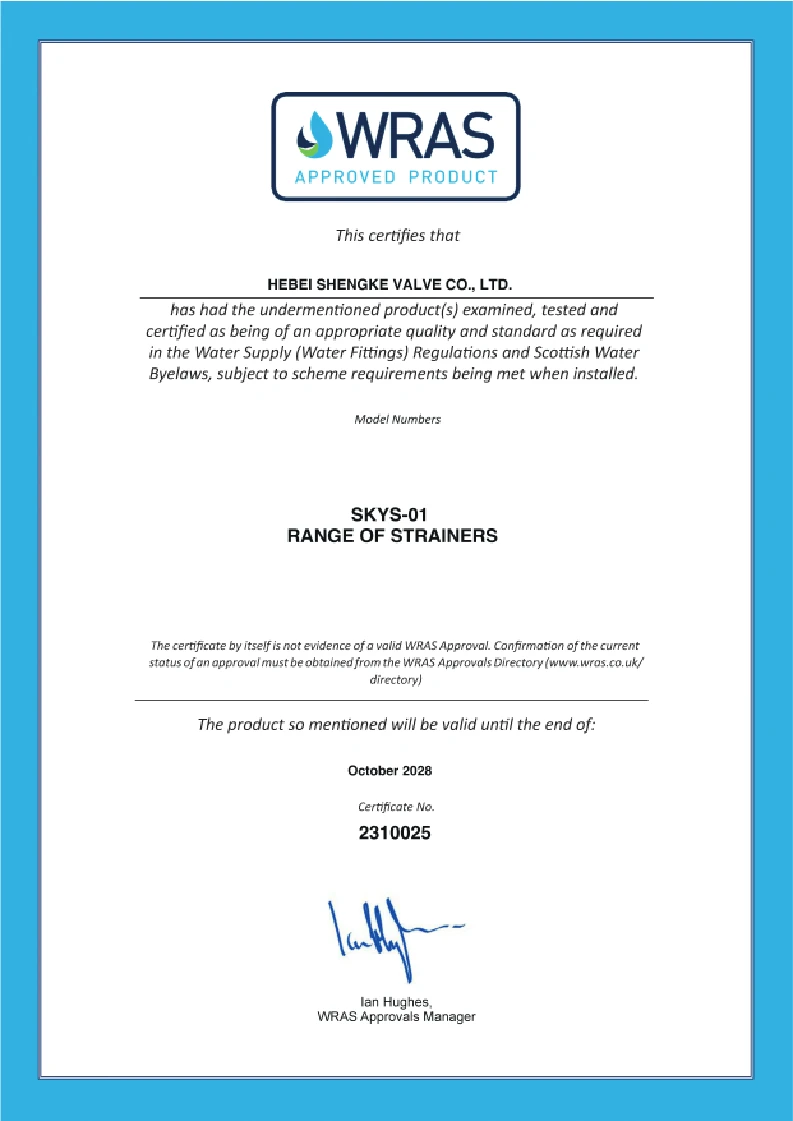Sep . 23, 2024 04:14 Back to list
3 way globe valve
Understanding the 3-Way Globe Valve An Essential Component in Fluid Control
The 3-way globe valve is a vital component in various industrial applications, serving as an essential tool for managing fluid flow in pipelines. Its design and functionality allow for effective control over the direction and quantity of fluid passing through the system, making it a preferred choice in numerous sectors, including chemical processing, water treatment, and HVAC systems.
Design and Structure
A 3-way globe valve typically consists of three ports one inlet and two outlets. This configuration enables the valve to either mix flow from two sources or direct flow to one of two destinations. The valve body is usually made of durable materials like cast iron, stainless steel, or bronze, ensuring it can withstand high pressures and temperatures while maintaining structural integrity. The internal mechanism features a movable disc or plug that regulates flow, which can be adjusted through a handwheel or actuator, allowing for precise control.
Working Principle
When the valve is in operation, the disc moves vertically to open or close the flow path. In the mixing function, fluid from two inlets can combine before exiting through a single outlet. Conversely, in the diverting function, it directs fluid from one inlet to one of two outlets. This versatility makes the 3-way globe valve crucial in situations where fluid mixing or controlled distribution is needed, enhancing the efficiency of the system.
3 way globe valve

Applications in Industry
In the chemical industry, 3-way globe valves are instrumental in processes requiring precise fluid mixing, such as in reactors or blending systems. In HVAC applications, they help regulate heating and cooling fluids, ensuring optimal temperature control in various environments. Additionally, water treatment facilities utilize these valves to manage the flow of treated and untreated water, playing a key role in maintaining system balance and compliance with safety standards.
Advantages
The major advantages of the 3-way globe valve include its ability to provide precise flow control, durability, and reliability in challenging conditions. The design allows for minimal pressure drop across the valve, ensuring efficient operation. Moreover, its straightforward construction facilitates easy maintenance and repair, reducing downtime and operational costs.
Conclusion
In conclusion, the 3-way globe valve is a crucial element in fluid control systems, offering versatility and reliability across various industries. Its unique design allows for effective mixing and diversion of fluids, making it indispensable in processes that require precise flow management. Understanding the functionality and applications of the 3-way globe valve can significantly enhance system efficiency and performance, ensuring that industries can meet their operational challenges head-on.
Share
-
Reliable Wafer Type Butterfly Valves for Every IndustryNewsJul.25,2025
-
Reliable Flow Control Begins with the Right Ball Check ValveNewsJul.25,2025
-
Precision Flow Control Starts with Quality ValvesNewsJul.25,2025
-
Industrial Flow Control ReliabilityNewsJul.25,2025
-
Engineered for Efficiency Gate Valves That Power Industrial PerformanceNewsJul.25,2025
-
Empowering Infrastructure Through Quality ManufacturingNewsJul.25,2025